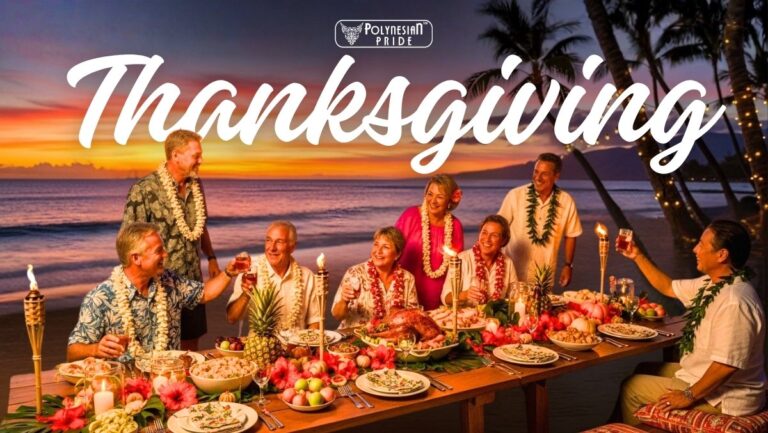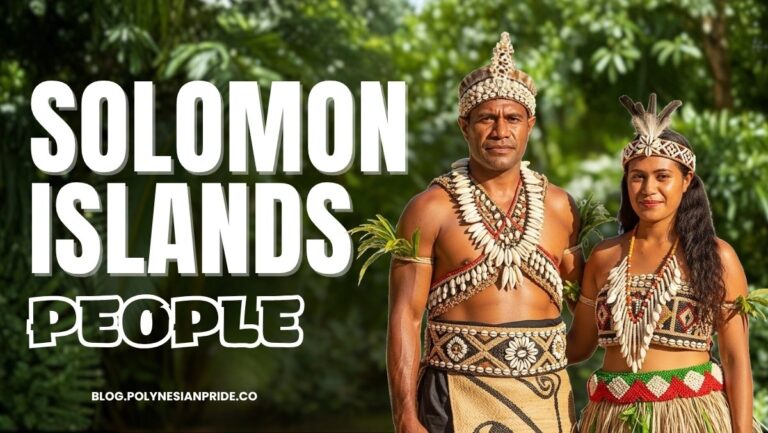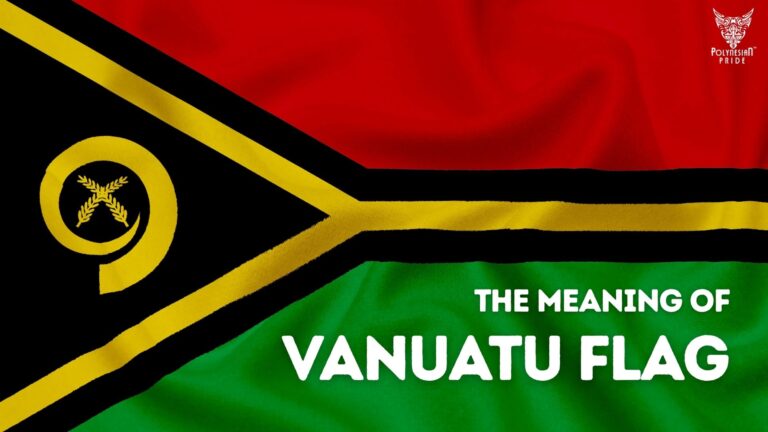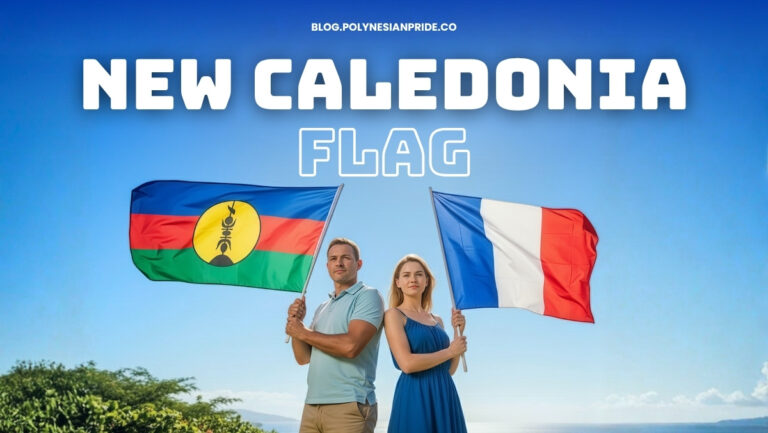How to Say Thankful in Hawaiian: Best Way to Embrace the Aloha Spirit

Learning ‘how to say thankful in Hawaiian’ is more than memorizing a word. It’s an opportunity to explore the rich cultural heritage of Hawaii, understand the importance of gratitude within the island’s traditions, and use these phrases respectfully. Whether you’re planning to visit Hawaii, engaging in Hawaiian studies, or simply broadening your knowledge of indigenous languages, knowing how to express gratitude is key to connecting with the Hawaiian way of life.
This article provides a comprehensive guide on how to say thankful in Hawaiian, covering the translation, pronunciation, cultural context, and practical applications.
How to Say Thankful in Hawaiian by Step-by-Step
What is The Hawaii Word for Thank You?
The most commonly used word for “thankful” in Hawaiian is ‘Mahalo‘. It’s a versatile word that can express thanks in many contexts, from casual everyday conversations to more formal situations. Mahalo is often the first Hawaiian word tourists learn, and it plays a vital role in casual and ceremonial exchanges.
Another term closely associated with gratitude in Hawaiian is “Ho’omaika’i”. This word conveys a deeper sense of appreciation, blessings, or congratulations. It’s used in more formal contexts or to express profound gratitude and blessing, often seen in religious or ceremonial settings.
Pronunciation Tips
Proper pronunciation is key when speaking Hawaiian. The language has a rhythmic flow and relies on soft sounds. Here’s how to ensure you’re saying it correctly:
- Mahalo: Pronounced mah-HAH-loh, with emphasis on the second syllable.
- Be careful not to pronounce it as “ma-hola”, which can lead to misunderstanding.
- Ho’omaika’i: Pronounced hoh-oh-my-KAH-ee, this phrase often follows a glottal stop, represented by the apostrophe, to separate syllables.
Understanding the correct pronunciation can help you know how to say thankful in Hawaiian fluently when using these words in conversation and show cultural appreciation.
Cultural Insight and Significance
Gratitude in Hawaiian Culture
After knowing how to say thankful in Hawaiian, you must know about their gratitude concept. The Hawaiian concept of gratitude is deeply rooted in the values of Aloha, a word that encompasses love, compassion, and respect. Mahalo extends this spirit of Aloha by expressing appreciation for others and acknowledging the shared bonds that connect individuals within the community.
Want to say more than just ‘thank you’? Discover other meaningful Hawaiian greetings rooted in culture and connection.
In Hawaiian tradition, gratitude is more than a polite phrase – it reflects mutual respect and acknowledging other’s contributions to your life. When you say Mahalo, you’re not just thanking someone for a favor or service. You recognize their role in the interconnected web of relationships that Hawaiian culture honors so deeply.
The Broader Significance of “Mahalo”
Mahalo is more than “thank you” in Hawaiian. The term carries the essence of acknowledgment and value. This value extends beyond the immediate exchange; it signifies a recognition of another person’s actions, presence, or gifts as a contribution to your life. The word embodies the Hawaiian worldview, which sees every person, action, and moment as interconnected.
Even in casual settings, Mahalo has a depth that transcends its simple meaning. Saying Mahalo reminds you to be present in the moment, to recognize what you’ve received, and to honor the giver.
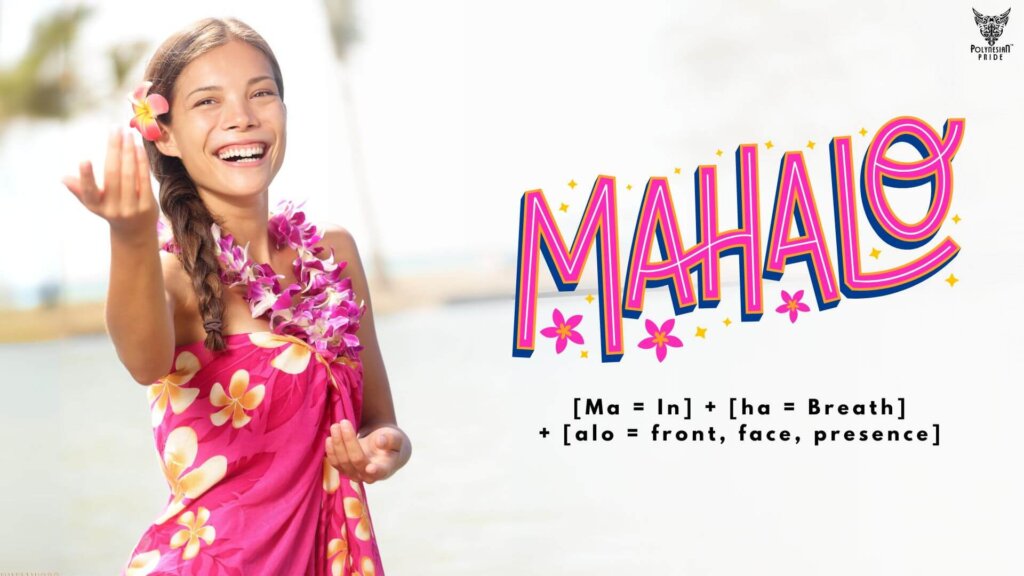
The Deeper Meaning of “Ho’omaika’i”
While Mahalo is used for everyday expressions of thanks, Ho’omaika’i carries a more formal or spiritual meaning. It’s often used to express gratitude for blessings, success, or positive outcomes in someone’s life. The word is derived from “ho’o” (to cause) and “maika’i” (goodness or excellence), so it conveys the idea of bestowing or acknowledging blessings or goodness.
You might hear Ho’omaika’i in ceremonial contexts, such as during religious services, special celebrations, or speeches that honor someone’s accomplishments. It reflects a higher level of appreciation, often tied to the blessings of life, health, or prosperity.

Reciprocity in Hawaiian Culture
In Hawaiian culture, gratitude is not a one-way transaction. It is intertwined with the concept of kuleana, which refers to responsibility and reciprocity. There is a cultural expectation to reciprocate when you receive something, whether it’s help, a gift, or kindness. Gratitude doesn’t mean a direct exchange but rather that you are part of a continuous cycle of giving and receiving that sustains the community.
Thus, when you say Mahalo in Hawaiian, you are not ending the interaction. You are acknowledging your role in this cycle, recognizing that you, too, are responsible for giving back to the individual or the broader community.

How to Use It in Daily Life
Now that we’ve covered the meaning and pronunciation let’s look at how you can use these words in different contexts. Even though you’re a tourist, a student of Hawaiian culture, or planning a Hawaiian-themed event, knowing when and how to say Mahalo or Ho’omaika’i will enhance your interactions.
Everyday Conversations with Mahalo
Mahalo is used in a variety of everyday situations to express thanks. Here are some examples:
Thanking for food:
- “Mahalo no ka ai” (Thank you for the food) is used when expressing gratitude for a meal. In Hawaiian culture, sharing food is an important communal act, and this phrase shows appreciation for the nourishment provided.
Thanking for your assistance:
- Use “Mahalo ho’opa’a” (Thank you for helping) for assistance or “Mahalo ho’okomo” when someone has gone above and beyond in their help.
Thanking for your general help:
- When acknowledging general help, you can say “Mahalo nae” (thanks, though), a phrase that can be used casually.
Thanking someone directly:
- When expressing thanks directly to a person, say “Mahalo iā ʻoe” (Thank you to you). You can even add the person’s name for a more personal touch, showing specific gratitude.
Thank you for the gift:
- “Mahalo no ke makana”: This phrase acknowledges gratitude for a gift, which can be used during ceremonies, birthdays, or special occasions.

Formal or Ceremonial Usage with Ho’omaika’i
In formal settings, Ho’omaika’i is more appropriate when expressing deeper or more spiritual gratitude:
- Blessings to you for your kindness: “Ho‘omaika‘i iā ʻoe no kou lokomaikaʻi”
Use this to express a profound appreciation for someone’s kindness or generosity.
- Congratulations on your success: “Ho‘omaika‘i i kāu kūleʻa”
This phrase is often used to celebrate someone’s achievements, reflecting the blessings or success they’ve experienced.
- Thank you for your blessings: “Mahalo iā ʻoe no kou ho‘omaika‘i”
Here, both terms, Mahalo and Ho’omaika’i, are combined, reflecting gratitude for the blessings received.

Responses to “Mahalo”
If someone says Mahalo to you, there are a few common responses:
- You’re welcome: Respond with Aloha, which means both “hello” and “goodbye” but also works as a general response of warmth and acknowledgment.
- No problem: Another common response is ‘Aʻole pilikia’ (No problem), which shows that the help or favor was given freely, without any burden.
Even a simple smile can be a meaningful response, reflecting the spirit of Aloha that underpins Hawaiian culture.

Additional Hawaiian Phrases to Know
Besides knowing how to say thank you in Hawaiian language, here are a few other useful phrases you need to know when traveling to Hawaii:
- Please: Olu’olu (agreeable, nice) is a polite word when requesting.
- Hello/Goodbye: Aloha serves as a greeting and farewell, carrying deeper meanings of love and peace.
- Delicious food: Ono (ō – no) describes something delicious, often about local Hawaiian cuisine.
- Pōmaikaʻi: Bless you
- Aloha wau iā ʻoe: I love you, Aloha means love, Wau iā means I, ‘oe means you.
- Nani no ʻoe: You’re so beautiful, the Hawaiian word for “beautiful” is “nani.”
Practice makes Perfect
Learning Hawaiian requires consistent practice, especially regarding pronunciation and context. Here are some tips to reinforce your learning:
How to Say Thankful in Hawaiian Everyday Conversations?
You can incorporate Hawaiian phrases daily, even if you’re not in Hawaii. Start by using Mahalo whenever you want to say thank you. Whether it’s thanking someone for passing the salt at dinner or acknowledging a favor, using Mahalo regularly will help you remember the word and its pronunciation.
Engage with Hawaiian Culture
Listening to Hawaiian music, watching Hawaiian films, or following Hawaiian speakers online can help immerse you in the language and culture. Hearing the language spoken naturally allows you to get a sense of rhythm and intonation, which will improve your pronunciation.
Use a Hawaiian Word Journal
Keep a journal dedicated to Hawaiian words you learn. Write down phrases, their meanings, and how you used them. This simple tool reinforces learning and helps track your progress over time.

CONCLUSION
Learning how to say thankful in Hawaiian is about more than just mastering vocabulary. It’s about embracing the cultural values of Aloha, respect, and reciprocity that are so central to Hawaiian life. Whether you’re using Mahalo in everyday conversation or Ho’omaika’i in more formal settings, each word reflects a deeper connection to the people and values of Hawaii.
By learning these words and their meanings, you’re honoring the Hawaiian language and showing appreciation for its rich cultural heritage. So, the next time you want to say “thank you,” try saying Mahalo – it’s more than just a word; it reflects Hawaii’s spirit of gratitude.
FAQs about ‘How to Say Thankful in Hawaiian’
How do you say thank you in Hawaiian?
Mahalo /məˈhäˌlō/: a Hawaiian word meaning thanks, gratitude, admiration, praise, esteem, regards, or respect.
What is Hawaii’s word for thank you?
Mahalo is pronounced as “mah-HAH-loh.” The emphasis is on the second syllable, and the sounds are soft and flowing.
Is Ho‘omaika‘i the same as Mahalo?
While both words express gratitude, Ho’omaika’i is more formal and often used in ceremonial or celebration contexts. Mahalo is more commonly used in everyday situations.
How to say thank you very much in Hawaiian?
Show your gratitude with the Hawaiian phrase mahalo. If you feel extra grateful, use mahalo nui loa (pronounced mah-hah-loh noo-ee) for ‘thank you very much.’ It can also be used to praise or show respect for someone or something.
How do you say blessings in Hawaiian?
In Hawaiian, one common word for “blessings” is “ho‘omaika‘i”. This term reflects giving thanks or blessings for something. Another term is “pōmaikaʻi”, which means “blessed” or “blessings.”
These terms can be used in different contexts, whether offering blessings or expressing gratitude for something fortunate. For example:
Ho‘omaika‘i – to bless or give thanks.
Pōmaikaʻi – blessings or something that is blessed.
What do Hawaiians say when they are happy?
They say “Hauʻoli”, meaning happy, glad, gay, joyful; happiness, enjoyment, joy.

I am Leilani Miller – I research focusing on Vanuatu – volcanic landscapes, blue holes, coral reefs & rainforests. I have over five years of experience researching and sharing insights on tourism and environmental activism. Explore and experience without limits through my latest article.
Contact information:
Email: [email protected]
Tel: +1 (808) 555-1528


